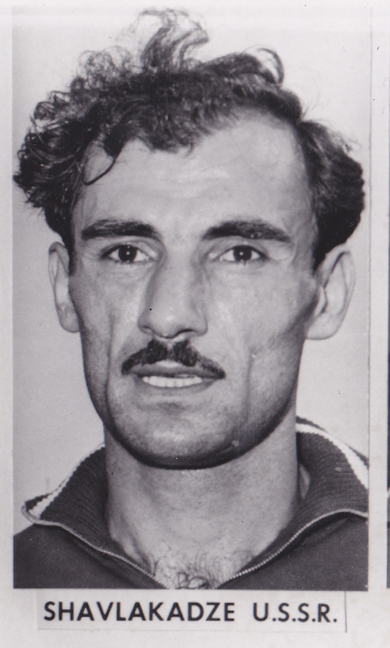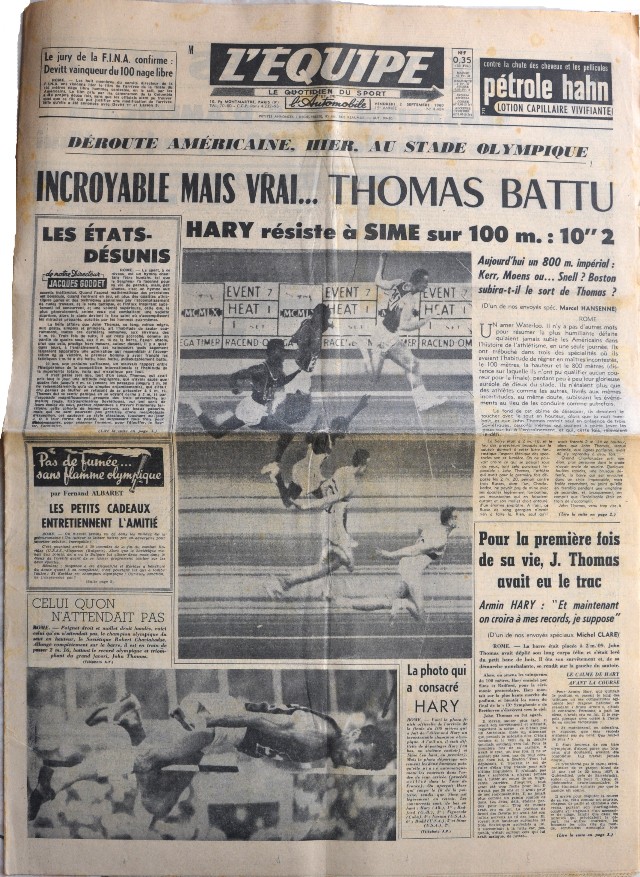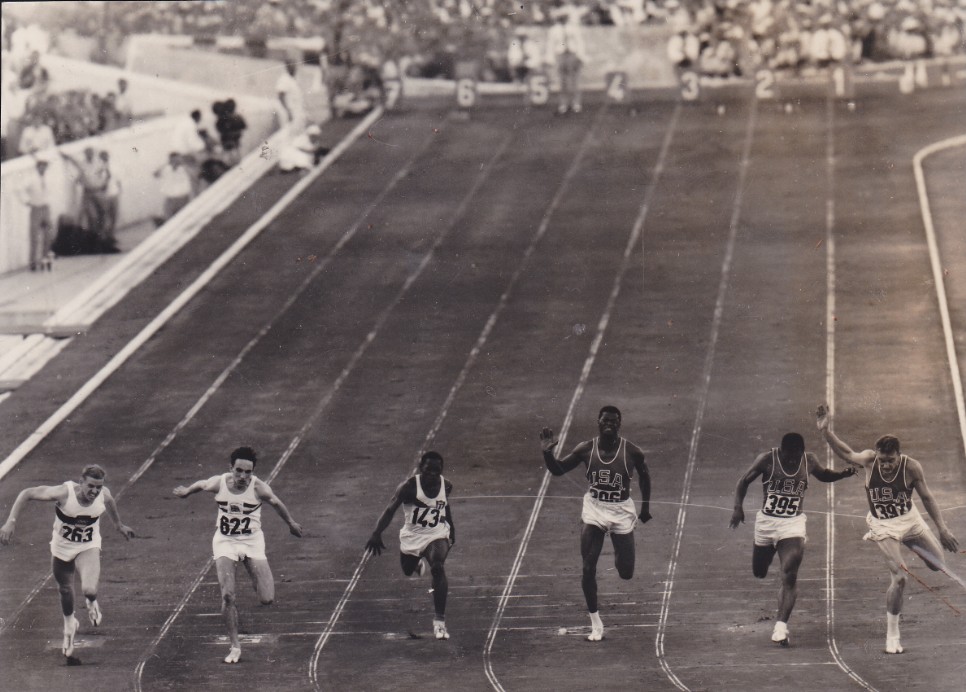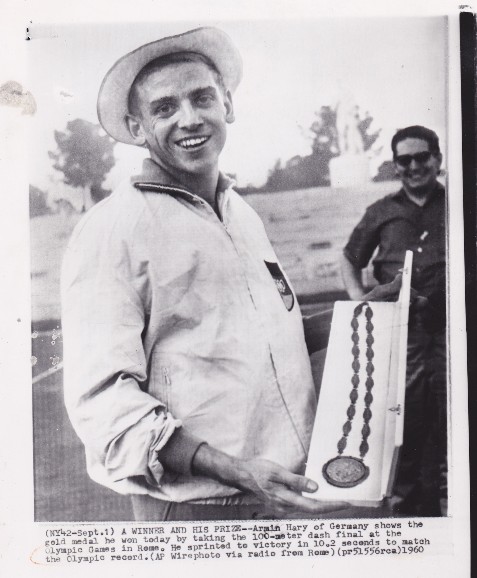Hary - Shavlakadze
Nel pomeriggio, alle cinque e un quarto, gli uomini più veloci del mondo emersero dal sottopassaggio che si trovava all'estremità dell'Olimpico e mossero in ordine sparso verso la zona di partenza della finale dei 100 metri. Il primo a presentarsi in pista fu Armin Hary, 23 anni, soprannominato "ladro di partenze" perché spesso dava l'impressione di schizzare via dal blocco una frazione infinitesimale di secondo prima del colpo dello starter, ma che non sembrava avere l'aria di un concorrente all'oro olimpico. Il secondo ai blocchi era Peter Radford, Gran Bretagna, un fulmine dai capelli neri come il carbone. Poi fece ingresso Enrique Figuerola, dotato di grande tenacia e forza, era l'orgoglio di Cuba. Poi furono gli americani a sbucare dal tunnel con le loro tute blu intenso: Ray Norton, che si era presentato ai Giochi con l'aura della star, Dave Sime che appariva sciolto e sicuro e Francis Budd il più giovane dei tre ma quello che sembrava più in forma.
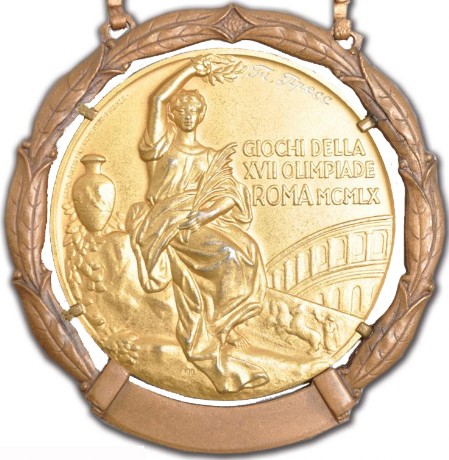
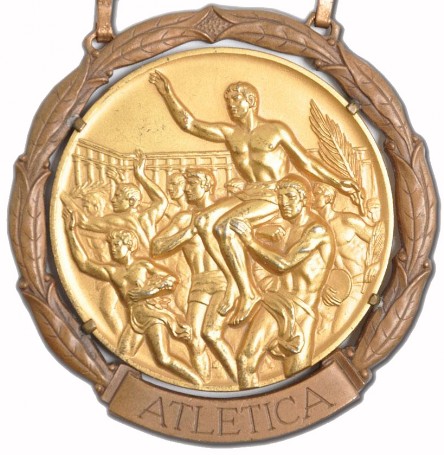
At 5.15 p.m., the fastest men in the world emerged from the subway at the far end of the Olympic Stadium and headed for the starting area of the 100 m final. The first on the track was 23-year-old Armin Hary, nicknamed the "start thief" because he often looked as if he would dash off the block an infinitesimal fraction of a second before the starter struck, but he did not look like a contender for Olympic gold. Second on the blocks was Peter Radford of Great Britain, a coal-black-haired lightning bolt. Then came Enrique Figuerola, with great tenacity and strength, the pride of Cuba. Then came the Americans in their dark blue jumpsuits: Ray Norton, who had come to the Games as the favourite, Dave Sime, who looked loose and confident, and Francis Budd, the youngest of the three, but the one who looked the fittest.
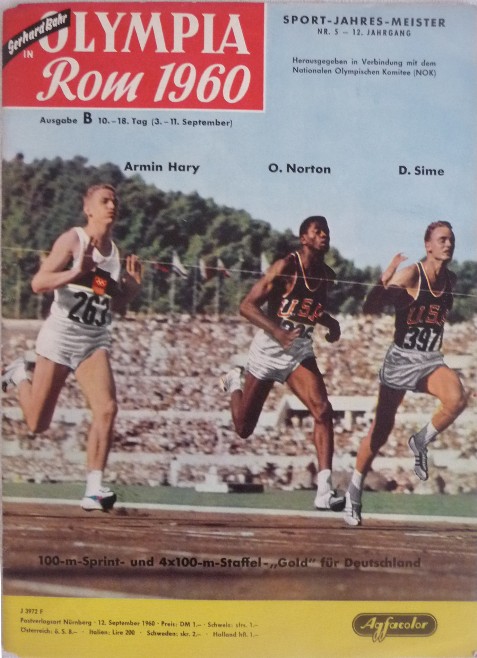
The tension of the race was so high that only the third of the starts was deemed good by the starter Mr Pedrazzini. Norton and Hary had made a fast start, but by the third stride Hary had already relaxed and loosened his stride, while the Americans were still in the short throes of acceleration. In the outside lane, at 20 metres, Hary already had a clear advantage. Sime was half a metre behind and Norton further back, although he was still pushing with confidence. At 80 metres, the Englishman Radford was moving up on Norton and Budd and then Figuerola. But it was now a two-man race, Sime on the inside and Hary on the outside. Hary had a narrow lead and in the final stretch Sime was suddenly flying at him. They closed together on the edge, heads down, separated by no more than a couple of centimetres. Sime felt he had lost, Hary felt he had won. And that was the result of the photo finish, even though the two were credited with the same time: 10"2. Radford was third, followed by Figueroa and the other two Americans.
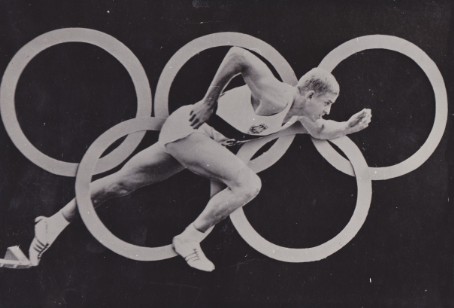
La tensione della gara era talmente alta che solo la terza delle partenze fu ritenuta buona dallo starter Sig. Pedrazzini. Norton e Hary erano partiti veloci, ma al terzo passo Hary aveva già disteso la falcata, rilassato e sciolto, mentre gli americani erano ancora ai passi brevi dell'accellerazione. Nella corsia esterna, ai 20 metri, Hary era già in chiaro vantaggio. Sime era mezzo metro dietro e Norton ancora più indietro anche se spingeva ancora con fiducia. Agli 80 metri gli inglesi in tribuna puntarono il dito verso la pista: era Radford che risaliva su Norton e Budd e poi su Figuerola. Ma ormai era una gara a due, Sime all'interno e Hary all'esterno. Hary era in vantaggio di pochissimo e nel finale Sime gli stava, improvvisamente, volando addosso. Chiusero insieme sul filo, a testa bassa, separati al massimo da un paio di centimetri. Sime sentiva di aver perso, sia pur d'un soffio, Hary sentiva di aver vinto, sia pur d'un soffio. E quello fu il risultato del fotofinish, nonostante i due siano stati accreditati dello steso tempo: 10"2. Radford terzo, poi Figueroa e gli altri due americani.

La gara dell'alto era un impegno che durava un giorno intero. Era partita la mattina alle nove, con 32 concorrenti, all'ora di pranzo si erano ridotti a diciassette che avevano superato i 2 metri. Nel pomeriggio il primo ad uscire fu l'americano Joe Faust e poi il suo connazionale Charles Dumas, oro a Melbourne. Quando anche lo svedese Petterson fallì i suoi tentativi a 2,08 in gara rimasero solo l'americano Thomas (grande favorito della vigilia) e tre sovietici: Bolshov, Brumel e Shavlakadze.
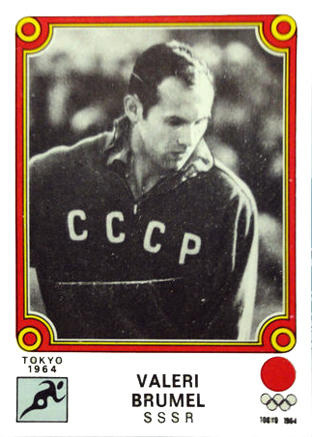
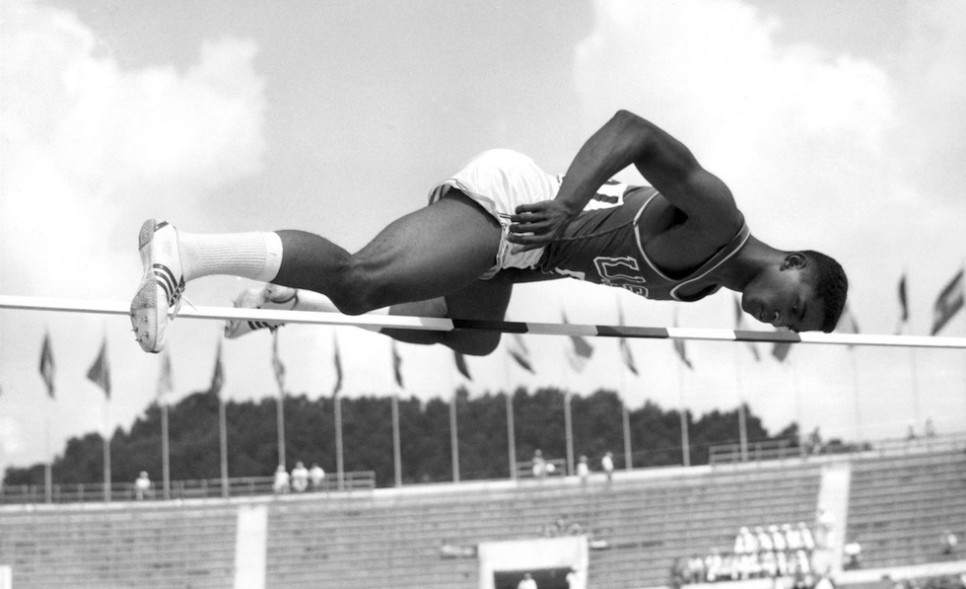
La gara proseguì fino a tarda sera, quando Thomas fallì i 2,16 e venne superato anche dall'altro sovietico Brumel nella corsa all'argento, Vinse l'oro Shavlakadze, che non aveva sbagliato un solo salto.
